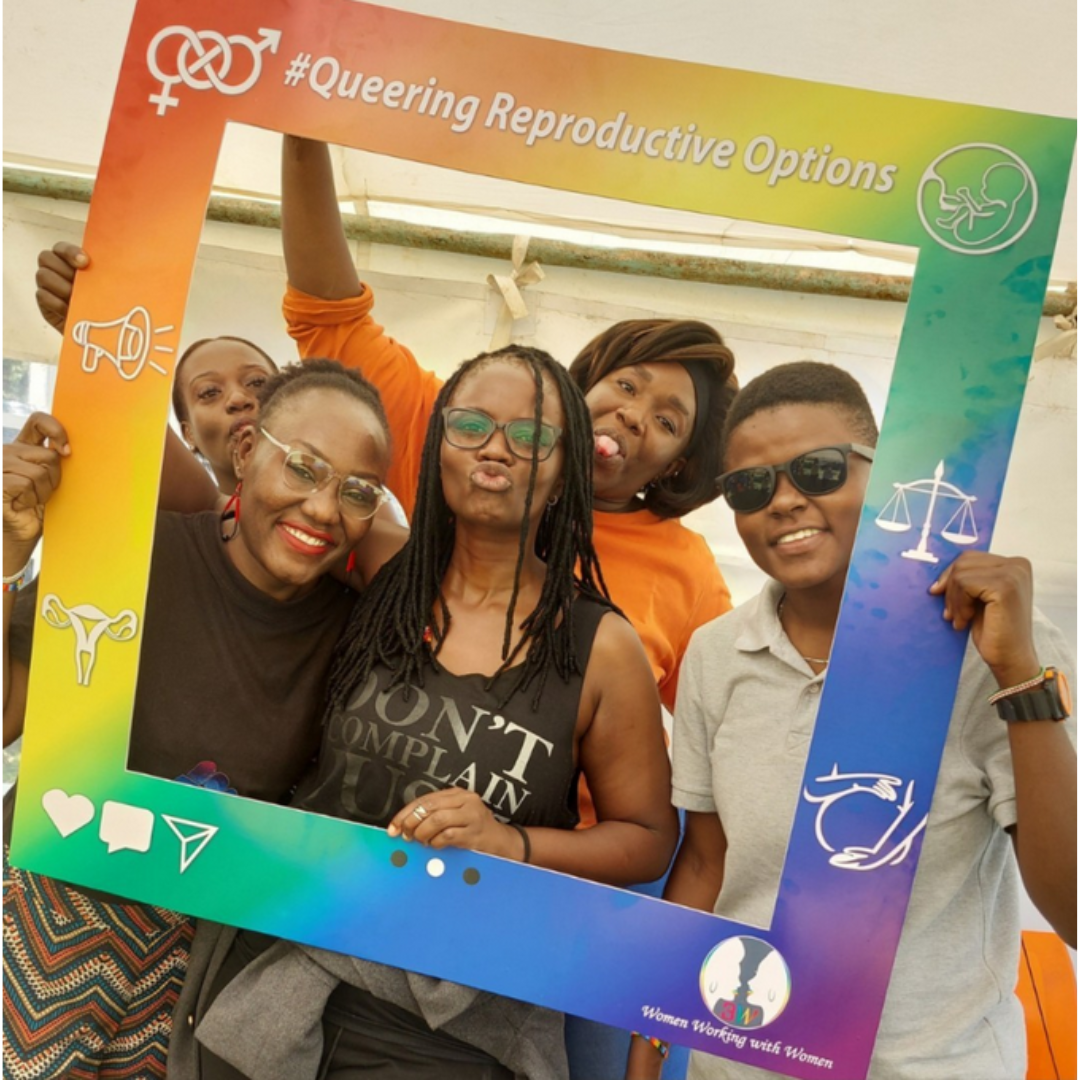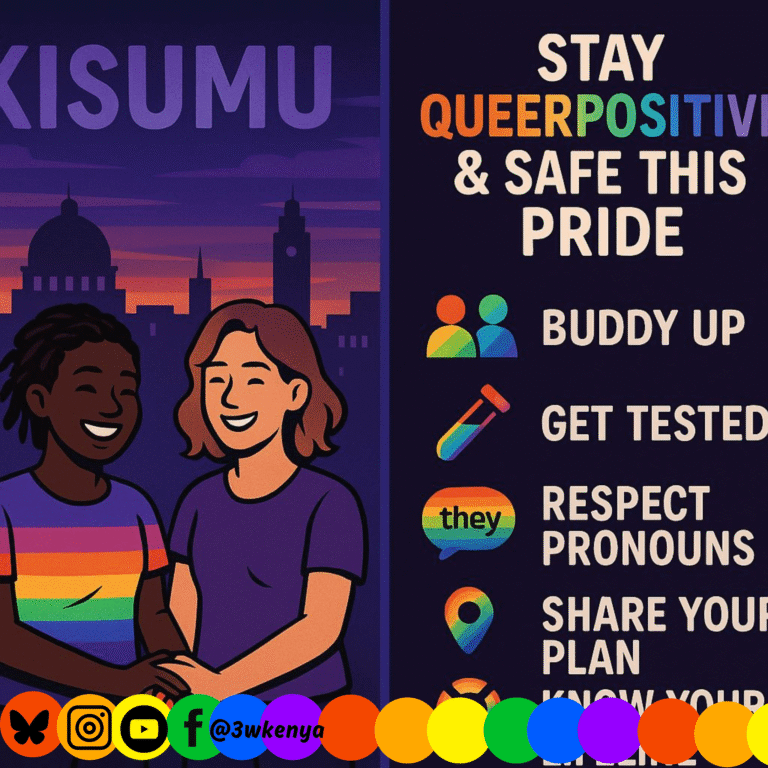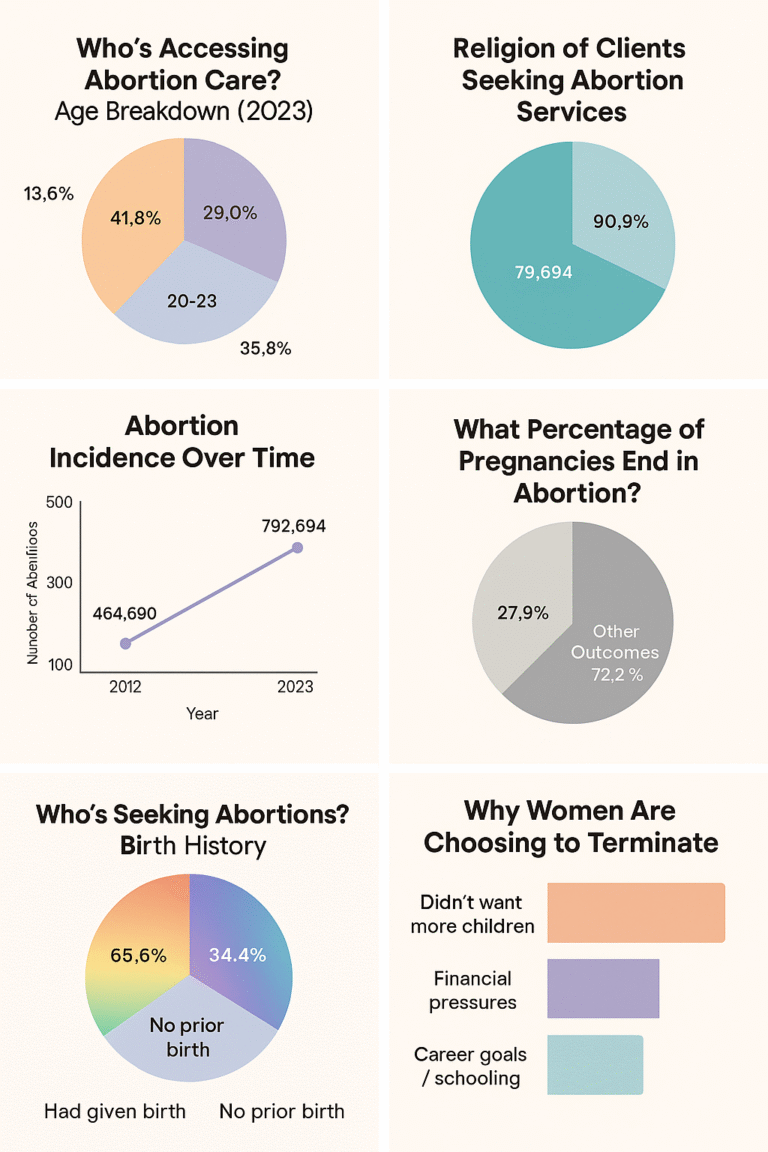WHEN ABORTION STIGMA INTERSECTS WITH LGBTQ+ STIGMA
Today is the International Day Against Homophobia, Biphobia and Transphobia (IDAHOBIT). It’s a day designed to raise awareness about LGBTQ+ rights across the world and inspire action to support the rights of people with different sexual orientations and gender identities. IDAHOBIT is a reminder that although LGBTQ+ representation is increasing, and many more individuals are feeling safer to be more visible, hate crimes are also increasing and LGBTQ+ individuals still face barriers daily.
In February, the Kenyan Supreme Court ruled against discrimination on the basis of sexual orientation.
Although same-sex sexual activity and marriage is still illegal, it was determined that organizations supporting LGBTQ+ rights should be able to be registered and recognized in Kenya.
The ruling, though positive, sparked weeks of mass hysteria about the intrusion of “Western Culture” in a country that abhors “taboo”. Most of the antagonists condemned the ruling by stating that although Kenya is secular, it is very religious and therefore it should be up to the highest court in the country to defend “public morality”. The backlash from the government and the society at large led to heightened tension and increased stigma and discrimination towards LGBTQ+ persons.
In Kenya, abortion is also among the most glaringly stigmatized reproductive health services.
LBQT persons experience abortion stigma more intensely than others with more privileged identities (cisgender heterosexual women) – this is due to well-known structural and logistical barriers. Contraceptives, although available, are not always tailored to meet the needs of LBQT persons in Kenya. This is perpetuated by health care service providers lacking knowledge and information on gender and sexual minorities. The existing myths and misconceptions about contraceptive use by LBQT persons leads to LBQT persons being at greater risk of unplanned pregnancies. Discrimination in medical services, alongside limited legal access to abortion can also mean that LBQT people are more likely to need to seek out self-managed abortions.
Imagine being an LBQT person in Kenya who is also a safe abortion advocate – it means facing stigma from multiple sources!
People often assume that LBQT persons don’t need safe abortion services and information.
That’s the common assumption that shows up in so many conversations about reproductive rights. However, the truth is that LBQT persons and gender non-conforming people do need and deserve safe abortion access, and society’s assumptions about gender are making that really difficult.
Sometimes people who are LBQT with female anatomy are targeted for sexual assault, or ‘corrective rape’ to ‘instill heterosexuality’. The fear of rape remains a tool to subordinate non-heterosexual and gender non-conforming individuals. This obviously raises the possibility of unplanned pregnancy and thus people seeking safe abortion services.
LBQT youths also face higher levels of homelessness, substance abuse and sexual abuse, due to a lack of acceptance of their identity once revealed or suspected. And because of how an LBQT person is often made vulnerable by their unaccepting parents, church or community, they are also more likely to engage in survival sex or sex work, heightening the risk of unintended pregnancies further.
The fight for reproductive freedom is inextricably linked to the fight for LGBTQ+ equality.
We rely on the same constitutional protections, the fundamental “right to privacy” guaranteed by the Kenyan Constitution. Indeed, the right to have an abortion and the right to live openly and authentically as LGBTQ+ people, free from discrimination, are both fundamentally based on the right to control our own bodies. Both issues are about having privacy and autonomy in the most personal and intimate areas of life: love, marriage, procreation and family.
On this day we’re seeking to raise awareness about the need for meaningful inclusion of LBQT persons in safe abortion discourse. It is also a great time for us to reflect on the fact that reproductive options aren’t only for heterosexual, cisgender women!
In honor of IDAHOBIT, here are some simple actions we can all take:
- Use gender neutral abortion language – Everyone with a uterus can become pregnant and needs access to safe abortion, as well as the full spectrum of reproductive healthcare. Using inclusive, gender-neutral language, like “people seeking abortions,” instead of “women seeking abortions,” is just one way to ensure LBQT people are represented in the reproductive justice movement and face less stigma when accessing abortion and all forms of reproductive healthcare.
- Don’t guess someone’s identity just by looking at them – You cannot guess someone’s biology, pronouns, gender identity, or sexual preferences based on how they look. Presentation isn’t always traditionally congruent with someone’s identity. Be mindful of that and be sure to ask what personal gender pronouns they use. Don’t assume that because someone is feminine that they are a woman regardless of their assigned reproductive system.
By Brenda, for Women Working with Women (3W) – a SAAF grantee partner based in Kisumu, Kenya focused on the health and rights of lesbian, bisexual and queer people.




